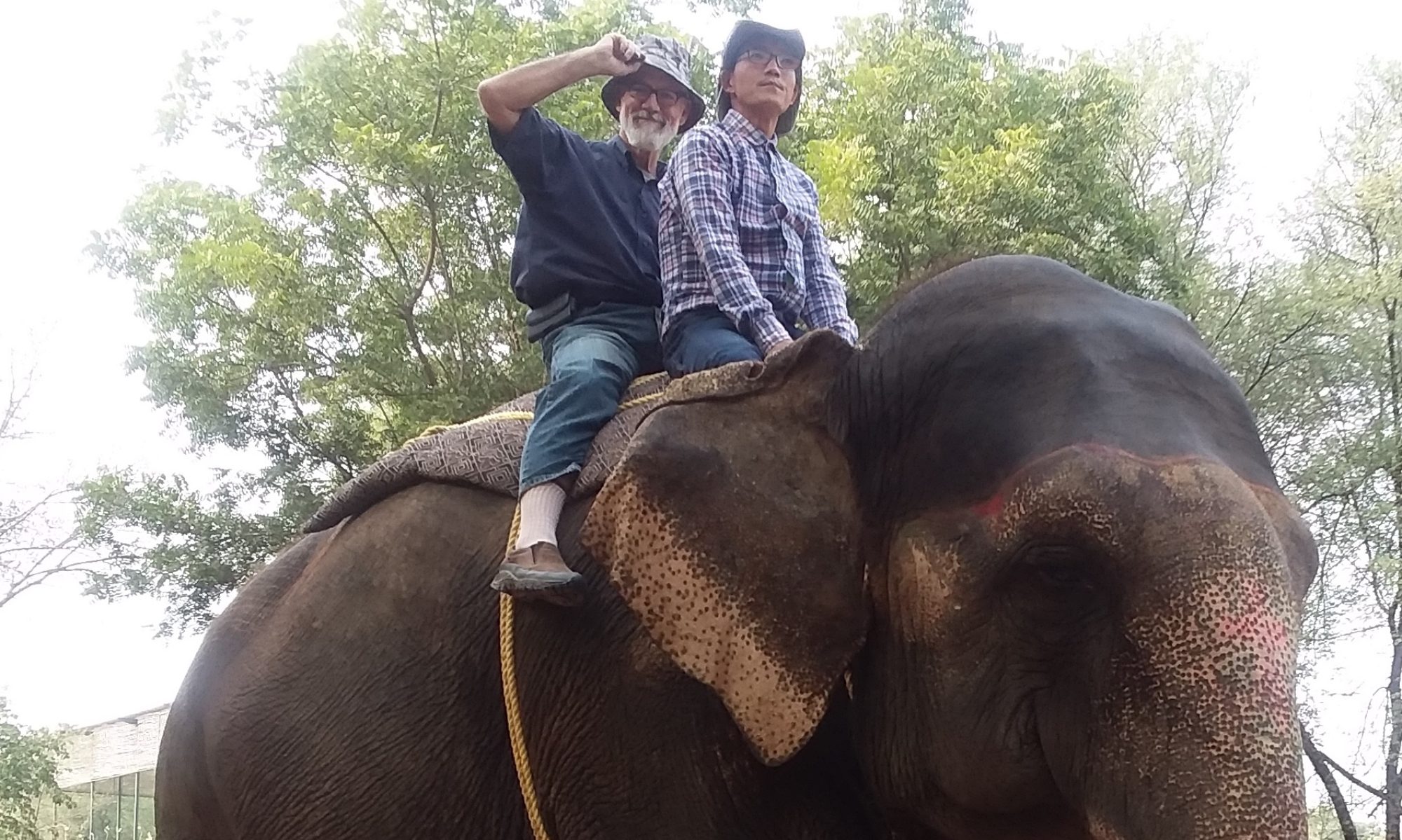I finally seen the elephant.

The first time I saw “the elephant” it was the Empire State Building. I’d heard about it all my life. I watched King Kong fall off it a few times. And suddenly I was there and there it was! The Tallest Building in the World. You could tell just by looking at it. I dropped my book of existential French poetry, a hayseed straw grew out of my mouth and I gawked.

The elephant in India is the Taj Mahal. The Most Beautiful Building in the World. One thing the world prides itself on is being a big place. It’s hard to be the most anything here. So when my friend Daniel said he’d like to see it for himself, I didn’t balk.
To avoid lines, etc,… we hired a guide who immediately began bemoaning the fact that, over the years, air pollution had corroded its pristine perfection but his voice faded in my ears as my eyes widened and that hayseed straw slowly began growing out of my mouth. The Taj Mahal is presented in a satisfyingly theatrical manner. You can’t see any of it until you step into an archway that frames and reveals it all at once.

There are various daylight conditions when the Taj Mahal is even more beautiful – or so the experts who sell postcards tell us. At moments of dusk and dawn, it has a rosy hue.

On soft, blue days, it can have a soft blue cast.

Ours was a classic Indian bright, sunny day so the Taj Mahal was at its Taj Mahalliest.
Part of the impetus for making the trip to Agra was hearing a rumor that soon, the Taj Mahal will no longer be open to the public. Tourists will still be able to gawk at postcard distance but they won’t be able to do this:

And the reason is this:

Bad Tourists are defacing the Taj Mahal. Not just with their oily fingers (which we Good Tourists don’t have) but by chipping off pieces of the inlaid semi-precious stones for souvenirs. A good example of a Bad Tourist is Col. Robert R. McCormick, owner and publisher of the Chicago Tribune about a hundred years ago. Just looky at the chunk of the elephant he swiped!

That stolen slab now sits blatantly in the wall of the Tribune Tower in Chicago while Daniel and I did not so much as remove our jackhammers from our backpacks.

Over one jillion tourists pass through its majestic marble arches annually and….uh-oh, I see your eyelids beginning to droop so I will save the romantic backstory – which every school child knows – and all the exciting details of our visit, which not even that smartypants school child can guess, for next week.

















































